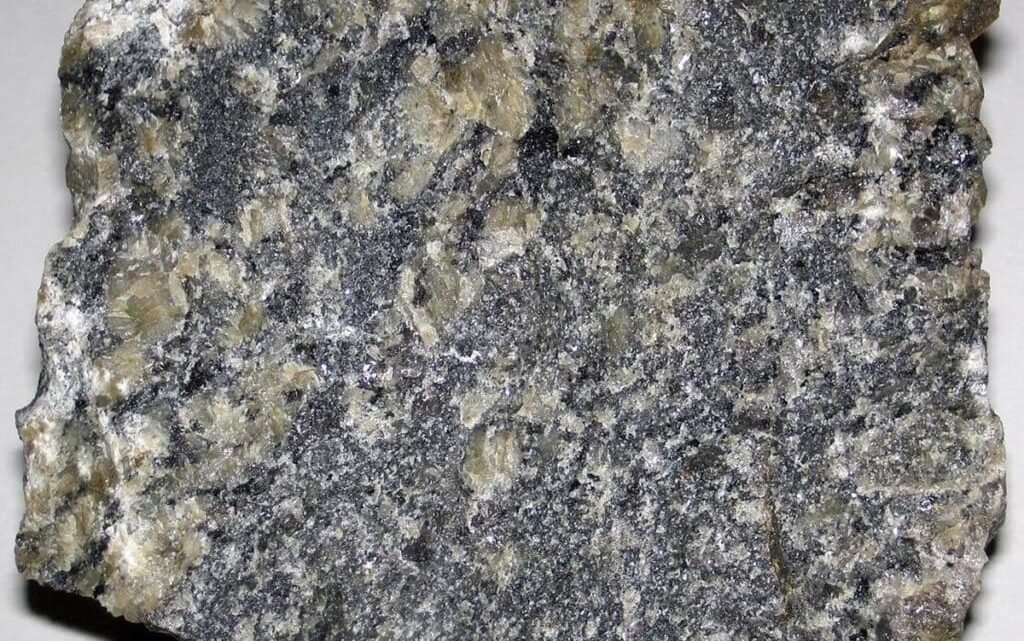
Unveiling the Pitfalls: How Not to Identify a Mineral
April 19, 2024When it comes to identifying minerals, it is crucial to follow a systematic approach that combines observation, testing, and analysis. However, it is equally important to be aware of the common pitfalls that can lead to misidentification. In this article, we will explore the ways not to identify a mineral, providing valuable insights to help you avoid these pitfalls and ensure accurate mineral identification.
- Relying solely on visual appearance:
One common mistake in mineral identification is relying solely on visual appearance. While some minerals may have distinct visual characteristics, many others can be misleading. Colors, crystal shapes, and surface textures can vary within the same mineral species, making visual identification unreliable. Therefore, it is essential to complement visual observations with other identification methods. - Ignoring physical properties:
Minerals possess unique physical properties that can aid in their identification. However, overlooking these properties can lead to misidentification. Physical properties such as hardness, cleavage, specific gravity, and luster provide valuable clues about a mineral’s composition. By conducting simple tests and measurements, such as scratching the mineral with a known hardness scale or observing its reaction to acid, one can gather crucial information for accurate identification. - Neglecting the importance of chemical composition:
Minerals are composed of specific chemical elements arranged in a crystalline structure. Neglecting the chemical composition can hinder accurate identification. While chemical tests may not be feasible for every mineral identification scenario, understanding the general chemical composition of minerals within a specific group or family can provide valuable insights. Familiarizing oneself with the chemical formulas and elemental compositions of common minerals can help avoid misidentification. - Failing to consult reliable reference materials:
In the age of the internet, it is easy to fall into the trap of relying on unreliable sources for mineral identification. Failing to consult reliable reference materials can lead to inaccurate identification and misinformation. It is crucial to refer to reputable books, scientific journals, and trusted online resources that provide accurate and up-to-date information on mineral identification. Cross-referencing multiple sources can help validate the identification and ensure its accuracy. - Disregarding expert opinions:
Sometimes, even with extensive knowledge and experience, mineral identification can be challenging. Disregarding expert opinions or dismissing the advice of experienced mineralogists can hinder accurate identification. Seeking guidance from experts in the field, participating in mineral identification forums or clubs, and attending mineral shows can provide valuable opportunities to learn from experienced individuals and refine your identification skills.
Conclusion:
Accurate mineral identification requires a comprehensive approach that considers various factors, including visual appearance, physical properties, chemical composition, reliable reference materials, and expert opinions. By avoiding the pitfalls discussed in this article, you can enhance your mineral identification skills and ensure accurate results. Remember, a systematic and informed approach is key to unraveling the mysteries of mineral identification.